PRINCIPAL INVESTIGATOR
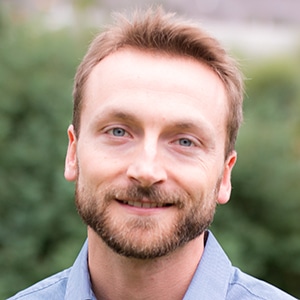
Dr. Joseph Samaniuk
Associate Professor
Education & Experience
2014-16 Postdoc, Materials Science, ETH Zürich, Switzerland
2013-14 Postdoc, Chemical Engineering, KU Leuven, Belgium
2012 Ph.D., Chemical Engineering, University of Wisconsin-Madison
2008 M.S., Chemical Engineering, Virginia Tech
2006 B.S., Chemical Engineering, Virginia Tech
Courses Taught
Transport Phenomena (CBEN 430), Colorado School of Mines
Process Dynamics and Control (CBEN 403), Colorado School of Mines
Unit Operations Laboratory (CBEN 312), Colorado School of Mines
Fluid Mechanics (CBEN 307), Colorado School of Mines
Soft Matter (CBEN 620), Colorado School of Mines
Colloids & Interfaces (CBEN 498), Colorado School of Mines
GRADUATE STUDENTS
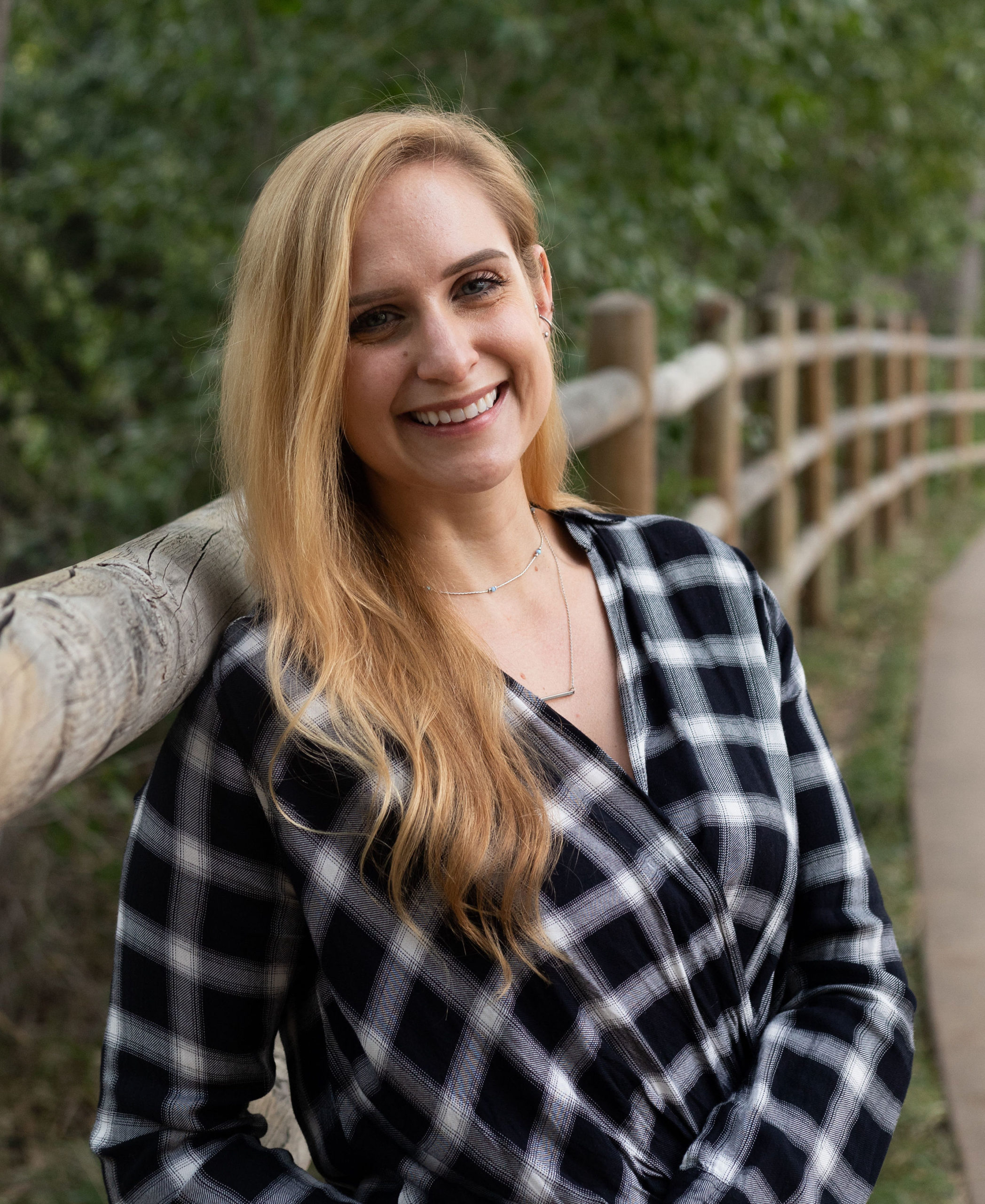
Jessie Troxler
PhD Candidate
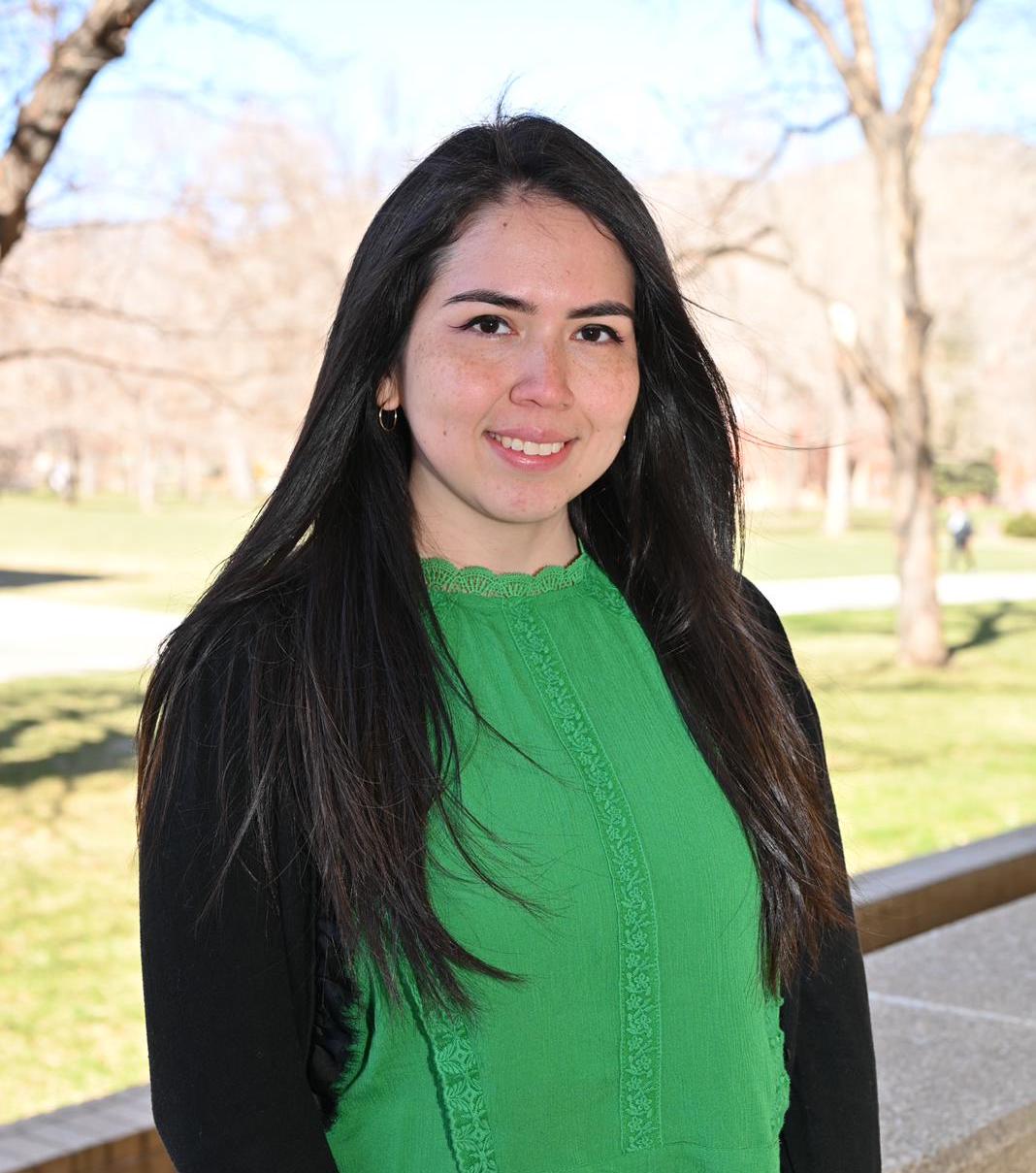
Amy Chacon
PhD Candidate
About me: I graduated from the City College of New York (CCNY) in 2019 with a bachelor’s degree in Chemical Engineering. I joined the Samaniuk lab in the Spring of 2020 and am pursuing my master’s degree in Chemical Engineering.
Current Research: My work focuses on fabricating shape and size-controlled graphene particles for the purpose of studying their interactions at fluid-fluid interfaces. Graphene is a 2D material that has many current and potential applications. It has been used in thin films, the fabrication of solar cells, water purification, and the stabilization of emulsions. Studying the interaction of particles of 2D materials at fluid-fluid interfaces will help us understand the relationship between the structure and performance of films formed from fluid-fluid interfaces. Understanding the interactions of graphene at these interfaces is challenging due to its atomically-thin size and the reality that particles of graphene are irregularly shaped. The ability to control the size and shape of 2D material particles and transfer them to fluid-fluid interfaces allows us to better understanding their interactions.
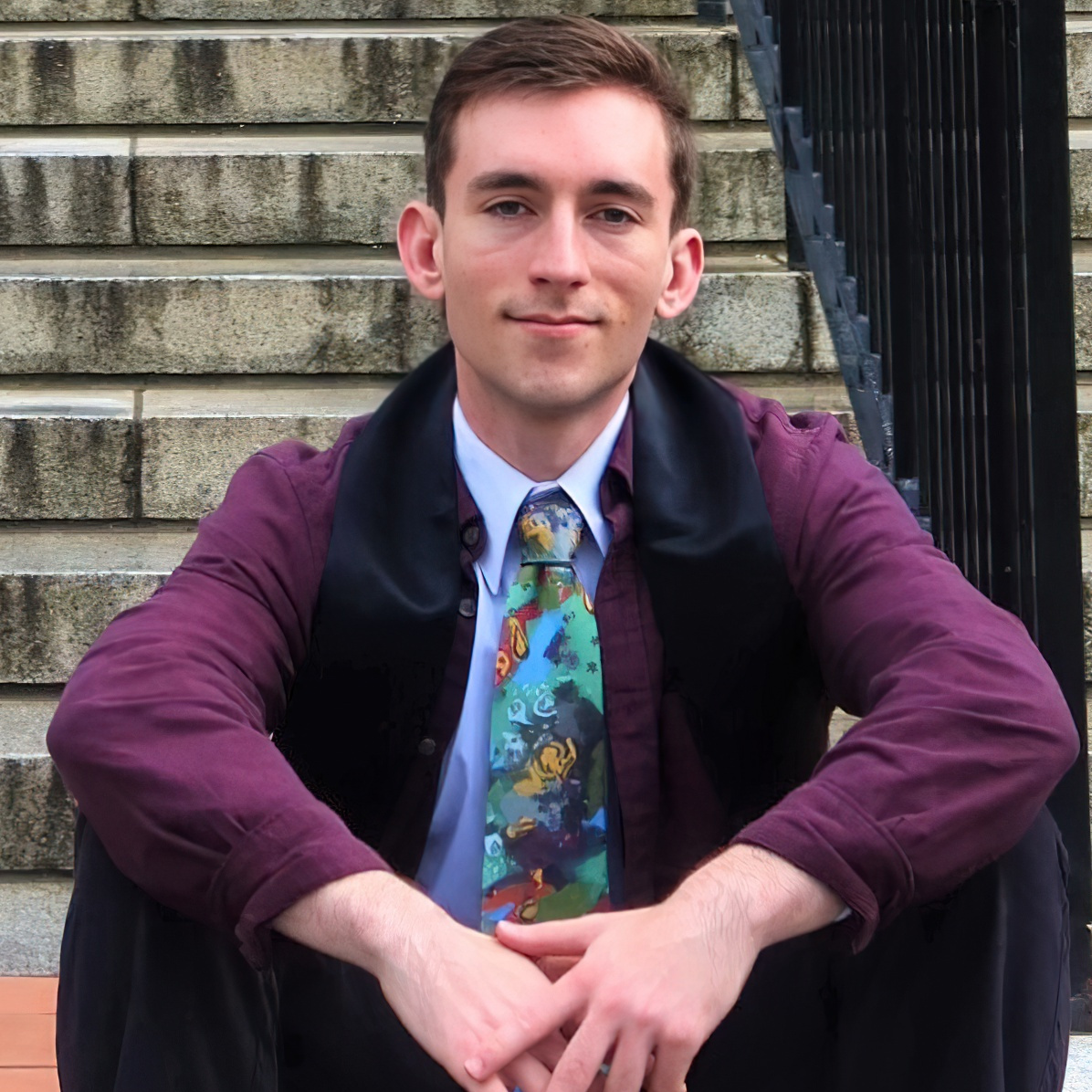
Matteo Liserre
PhD Candidate
About me: I graduated from Oregon State University with a B.S. in Chemical Engineering in June 2022. I joined Dr. Samaniuk’s lab in January 2023 and began pursuing my PhD in chemical engineering. Outside of my academic pursuits, I enjoy weightlifting, running, cycling, and camping.
Research: My work focuses on the interactions between 2D materials at fluid interfaces. The unique optoelectronic properties of graphene make it a promising candidate for the fabrication of next generation materials, but current fabrication techniques lack necessary precision and scalability for industrial deployment. My research aims to study assembly of size-and shape-controlled graphene nanoparticles to support scalable fabrication techniques.
Gavin Weiss
MS Thesis Candidate
Gavin joined the research group in the beginning of 2022 as an undergraduate researcher. He was working with undergraduate Irena Lizier-Zmudzinski focusing on 3D printing fractal structuring manifolds. The manifolds are designed in SolidWorks and printed with a solid-laser-sintering resin 3D printer. The goal is to generate engineered microstructures with two or more fluids producing complex layered fluid structures. These manifolds may allow for small- or large-scale production of complex structures. This research could potentially contribute to applications such as aligning graphene particles via liquid-liquid extraction. Gavin has since graduated with his BS and is currently pursuing an MS Thesis though he has plans to pursue a PhD.
UNDERGRADUATE RESEARCHERS
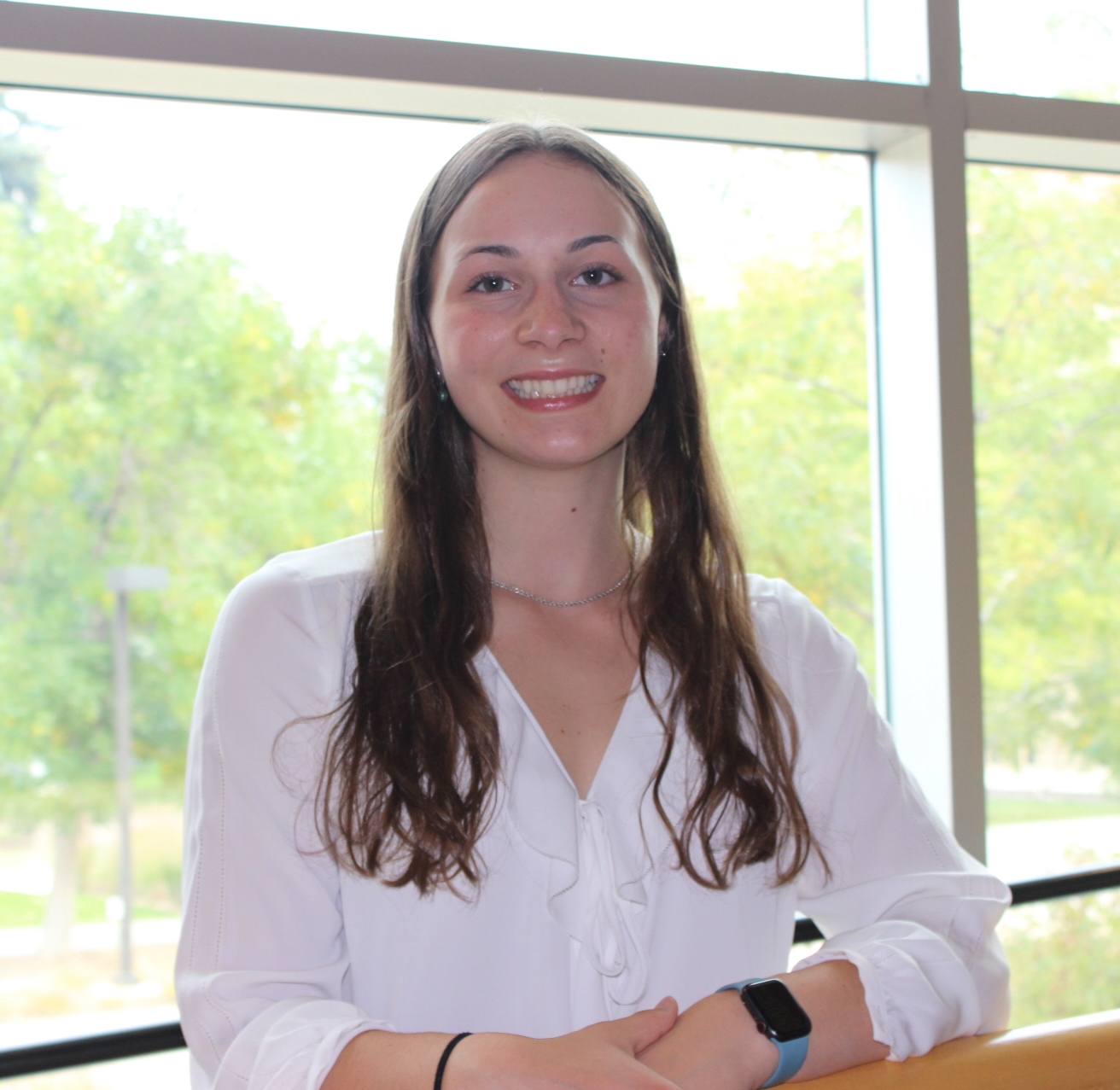
Irena Lizier-Zmudzinski
Undergraduate Research Assistant
Irena joined the research group in the beginning of 2022. She had been working with undergraduate Gavin Weiss focusing on 3D printing fractal structuring manifolds. Both Gavin and Irena graduated with their BS degrees in 2023. The manifolds are designed in SolidWorks and printed with a solid-laser-sintering resin 3D printer. The goal is to generate engineered microstructures with two or more fluids producing complex layered fluid structures. These manifolds may allow for small- or large-scale production of complex structures. This research could potentially contribute to applications such as aligning graphene particles via liquid-liquid extraction. Furthermore, Gavin and Irena will also investigate using yield stress fluids in the manifolds with the hope of retaining fluid structure.

Brianna Khatiyavong
Undergraduate Research Assistant
Brianna joined the research group at the beginning of 2022. She has been working with graduate student Jessie Troxler studying the rheological properties of biomass slurries. The biomass slurries have been processed via continuous enzymatic hydrolysis, and the rheological properties of the slurries change over time. Understanding how these properties change during the course of processing is vital in the design and implementation of processing equipment for converting biomass to various renewable materials, including sustainable fuels.
ALUMNI

Dr. Benjamin Appleby
PhD Candidate
Ben defended his PhD thesis in the summer of 2023, and looks forward to a postdoc position and completing publications from his research.
Ben’s research focused on various challenges associated with rapid underground tunneling, specifically challenges of a fluid mechanics nature. He designed, built, and ran various pieces of experimental equipment for his work. He helped fabricate a 600 gpm flow loop, developed the theory for converting a batch mixer into a rheometer for large-particle dispersions such as soils, constructed a device for studying flow through porous media, and operated various conventional rheometers.
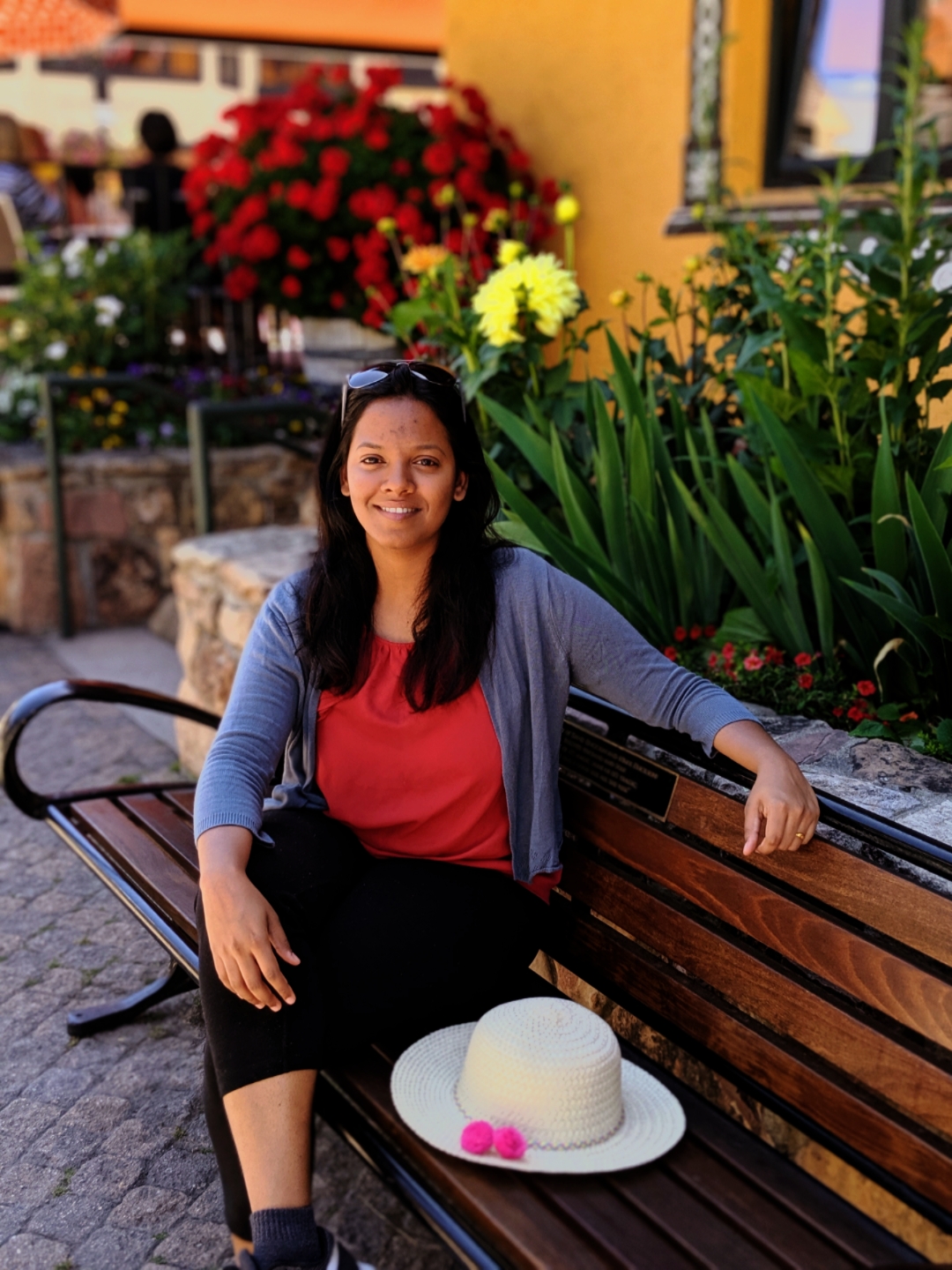
Dr. Shalaka Kale
PhD Graduate
Shalaka completed her Doctoral degree in the spring of 2022. She now has a position with GSK, in Pennsylvania.
Shalaka’s research focused on characterizing rheological properties of complex fluids with microrheological techniques. Passive particle tracking microrheology is typically limited to relatively low modulus materials due to microscopy resolution limits. Shalaka developed a new active microrheological technique in the form of electromagnetic tweezers to overcome this limitation. The method relied on generating an artificial thermal noise to “boost” the displacements of probe particles. The approach was found to be suitable for both bulk and interfacial microrheology, with applications in measuring the material properties of biological cells, bio-scaffolds, membranes, and a variety of complex 3D and 2D materials.
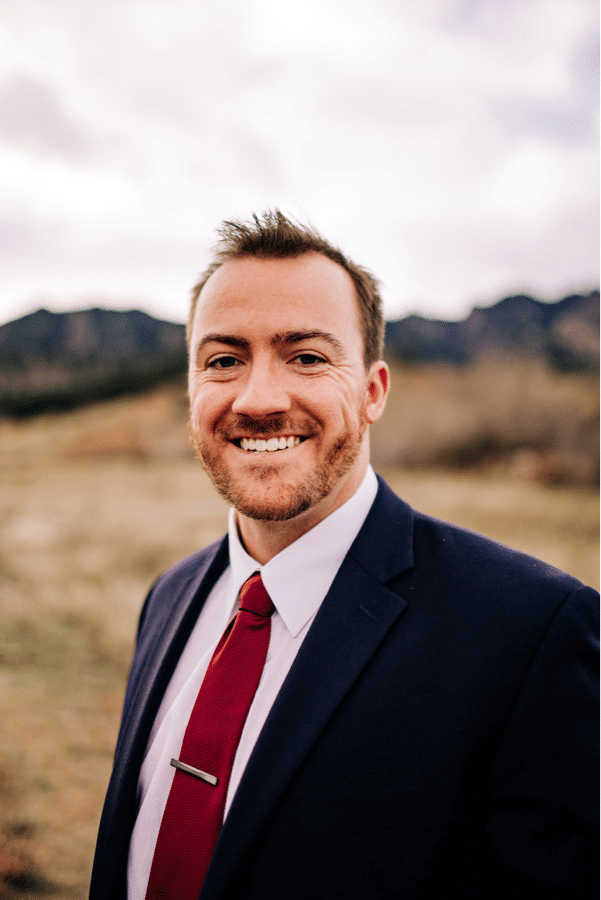
Dr. David Goggin
PhD Graduate
David joined the lab as a PhD student in January 2017, and graduated in May 2021. He currently has a position working with semiconductor devices at Broadcom in Fort Collins, CO.
His research focused on linking the dynamics, structure, and properties of thin-films of 2D materials (graphene, h-BN, MoS2, etc.) formed at fluid-fluid interfaces. Two-dimensional particles have the ability at fluid-fluid interfaces to interact laterally and form large-area films like other colloidal particles, but these platelet-like particles also exhibit a unique “stacking” dynamic that can lead to multi-layered structures. Understanding how 2D materials assemble into a given film structure and correlating functional film properties (conductivity, transparency, etc.) with film structure will allow us to engineer thin-films of such materials with desired functional properties for future applications in next-generation optoelectronic devices.
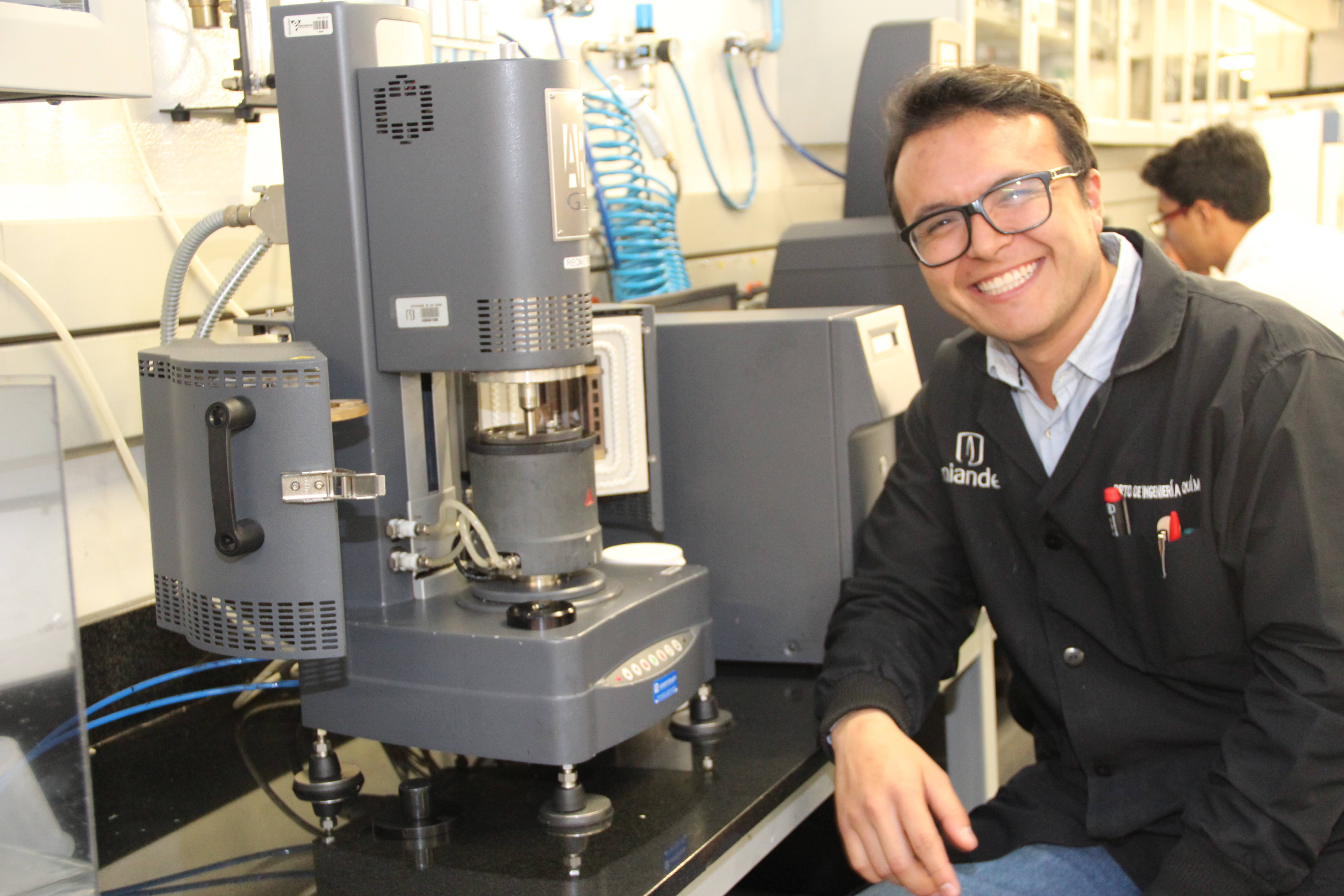
Dr. Fernando Fajardo-Rojas
PhD Graduate
Fernando spent over a year as a visiting graduate student in our lab, from 2018 through 2019. He has since published two articles on that work, and successfully defended his thesis in the fall of 2020.
Fernando’s home institution was the Universidad de los Andes – Colombia where he was advised by Dr. Diego Pradilla and Dr. Oscar Alvarez. He received a Fulbright scholarship to study in our lab at CSM, during which time he performed experimental work with asphaltenes. The focus of his project was to link molecular-scale behavior of asphaltene molecules at fluid-fluid interfaces with the bulk stability and rheology of asphaltene-stabilized oil and water emulsions.

Dr. Jianger Yu
Postdoctoral Researcher
Jianger joined the group in January 2020 as a postdoc after obtaining his PhD at Virginia Tech under the guidance of Dr. Donald Baird. He completed his postdoc project in our group in 2021. He has since taken another postdoc position in Dr. John Dorgan’s group at Michigan State University.
His research at CSM focused on the fluid dynamics of drilling fluids. He designed and built the flow loop system in our group to measure the rheological properties of drilling fluids with high concentrations of sand, rocks, silt, and clay. This rheological data is valuable for predicting fluid pressures during high-speed horizontal directional drilling (HDD).